The Samsung Galaxy A52 is an upper-mid-range phone that launched alongside the Galaxy A72 in India. At its asking price that starts at Rs 26,499, the Galaxy A52 goes up against the likes of the best-selling OnePlus Nord (review) and the Xiaomi Mi 10i (review) which launched earlier this year. The Galaxy A52 is also a departure from the Exynos processors as Samsung has fitted this one with a Qualcomm Snapdragon 720G which we have earlier seen on phones such as the Redmi Note 9 Pro (review) and Realme 7 Pro (review) which are relatively affordable phones. So, what has Samsung done differently with the Galaxy A52 that makes it stand out in the crowd of other mid-rangers and is it able to make a case for itself, that is what we aim to find out by the end of this review.
Samsung Galaxy A52 Performance review
The Samsung Galaxy A52 rocks a Qualcomm Snapdragon 720G under the hood, which by 2021 standards is a dated processor. We have seen it power much more affordable smartphones such as the Redmi Note 9 Pro, Realme 7 Pro and Oppo Reno 4 Pro. The phone has an octa-core CPU where two prime Kryo 465 Gold cores are clocked at 2.3GHz while six power-efficient Kryo 465 Silver cores run at 1.8GHz. This is paired with the Adreno 618 GPU for handling the graphics duties and is being offered with 6GB/8GB of RAM and 128GB storage.
Samsung sent us the base variant of the Galaxy A52 with 6GB RAM and 128GB storage and it runs on Android 11 based One UI 3.1 with the February 2021 security patch. Being an upper-mid-range smartphone, the Galaxy A52 still comes with a boatload of bloatware pre-installed. These include apps like Facebook, Netflix, Microsoft apps suite, Amazon India, Dailyhunt, PhonePe, Prime Video, Snapchat, ShareChat, MX TakaTak, Brain Test, Moj, Candy Crush Saga and more. Some of these apps can be uninstalled but the question still arises as to why these exist on an upper-mid-range phone in the first place? It does hamper the overall experience that otherwise would have felt much cleaner and smoother.
In daily use, the Galaxy A52 was able to power through most tasks with ease as we did not face any major lags and stutters, thanks in part to the high refresh rate display which made things much smoother. Having said that, our experience was not without any hiccups as we faced slow app launches at times. The animations across the UI were mostly smooth and gave us an impression of being snappy and overall, we still think that in general use the phone will be able to drive most apps without any apparent lag.
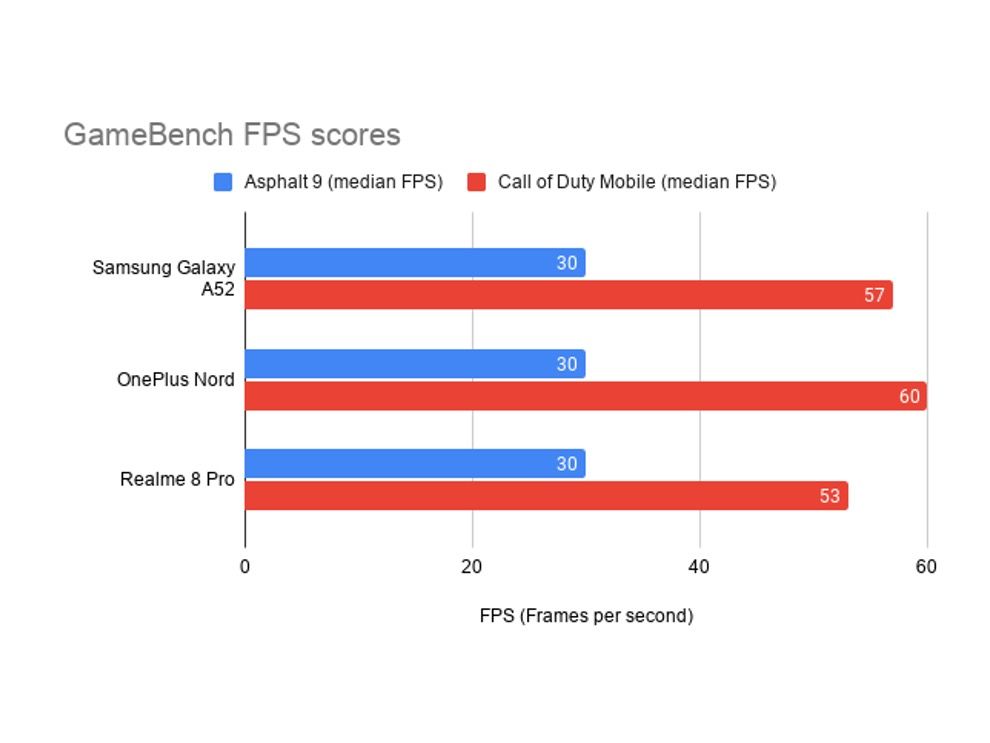
However, considering its price tag, the benchmark results of the Galaxy A52 are underwhelming as we have some solid competition that offers a better price to performance value. Between the Galaxy A52, OnePlus Nord (SD765G), Oppo Reno 4 Pro (SD720G) and Realme 8 Pro (SD720G), the Galaxy A52 scored the lowest in AnTuTu benchmark and GeekBench tests. Based on the results, it seems like Samsung needs to better optimize its phones that run on a Qualcomm processor and One UI as the Galaxy A52 does not fare well at all in these synthetic tests.

Similarly, the gaming performance of the Galaxy A52 was a different kind of disappointment as we faced a lot of stutters and frame drops while playing titles such as Call of Duty Mobile, Asphalt 9, Injustice 2, Shadow Fight 3 and more. This was also corroborated with the real-world gaming performance of the Galaxy A52 which we measured using Gamebench. While playing COD Mobile, the phone registered 57FPS with an 81% stability while Asphalt 9 ran at 30FPS at 89% stability. This is amongst the lowest scores out of the four phones with the Realme 8 Pro performing even worse. During our gameplay session, all eight cores were firing on all cylinders which do indicate some system-level optimization issues. Having said all that, if you are someone who does not play a lot of games on their phones, this should not bother you as the phone can run these games decently. Though in my opinion, the phone will not be able to handle sustained gaming performance which is something that will put off a lot of gamers cheering for the Galaxy A52.
Samsung has equipped the Galaxy A52 with stereo speakers that are average at best, even with the Dolby Atmos tuning. The speakers are loud but with little sound clarity and the bass is subdued with a constant shrill effect that bogs down the overall experience.
There is an optical fingerprint sensor under the screen which has seen a lot of improvement over the previous generation, which is commendable. The phone unlocks in a jiffy and the sensor is able to identify the print even if your finger is a little bit offset from the exact sensor position.
Samsung Galaxy A52 Design and Display review

Right out of the box, the Galaxy A52 looks different from the previous generation of Galaxy A-series phones. It does not feel bulky in the hand as the build is entirely plastic which does put it at a disadvantage seeing it against other phones in this budget range. The Galaxy A52 measures 8.4 millimetres in thickness and weighs 189 grams which makes it pretty lightweight.
Samsung has opted for a rather subtle matte finish on the back which isn’t pompous like some of the glossy, gradient-reflective finishes seen on competing phones. The chassis of the Galaxy A52 is also plastic with a glossy coating that is a fingerprint magnet. We would have loved to see a metal frame that would also have made it feel a lot more structurally durable but it would have also meant a significant increase in the overall weight.
The Galaxy A52 is being offered in four distinct colours: Awesome Black, Blue, White and Violet with each of them having a subdued matte finish. Additionally, the phone is also IP67 certified which makes it resistant to dust and water ingress for up to 1 metre for 30 minutes. Do note, however, that it is not recommended to take the phone for swimming or near a saltwater body.
The rectangular camera module on the Galaxy A52 is tucked away in the top-left corner and is slightly raised than the rest of the body. The power button and the volume rockers are fairly clicky and the phone also has a 3.5 mm audio jack at the bottom beside the Type-C port.
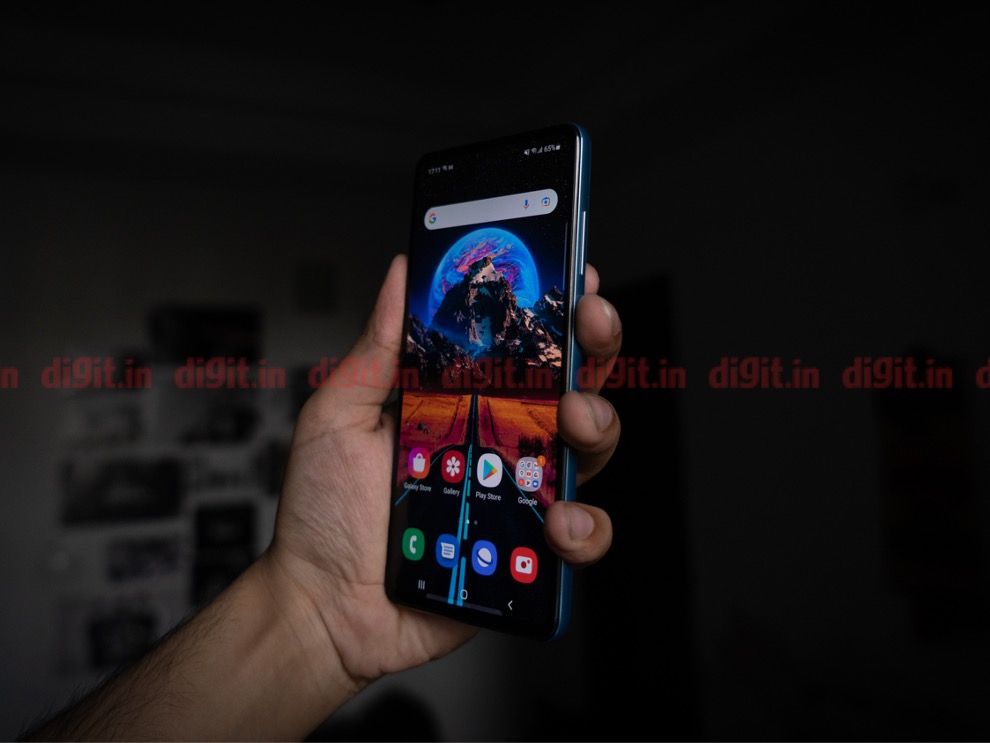
The Samsung Galaxy A52 features a 6.5-inch Super AMOLED display with a punch-hole cutout in the top centre and a noticeable chin. The display supports a 90Hz refresh rate and is topped with a layer of Gorilla Glass 5 for added protection against daily wear and tear. The high refresh rate support which Samsung calls ‘Motion Smoothness’ allows users to choose between fluid animations effects at 90Hz or 60Hz which does not tax the battery ever so often.
In our use, we found the display to hold its ground with accurate colour representation across the board. It is one of the highlights of the Galaxy A52 and makes it a breeze to watch videos or play games on it. The display on the phone is also HDR10+ supported and is Widevine L1 certified. The Galaxy A52 has two colour modes, Vivid and Natural that lets you choose between cooler and warmer colour tones as per your preference. There’s also the Eye comfort shield that limits blue light and opts for warmer colour tones. The screen can get bright, has good viewing angles and offers decent sunlight legibility which is something you would normally expect from a phone of this stature.
Overall, the Galaxy A52 is well built and has a great display for watching videos or binge-watching shows on Netflix. Of course, Samsung has tried to cut costs by opting for a plastic build but it also provides a 90Hz display that makes the phone feel smoother in daily use.
Samsung Galaxy A52 Camera review
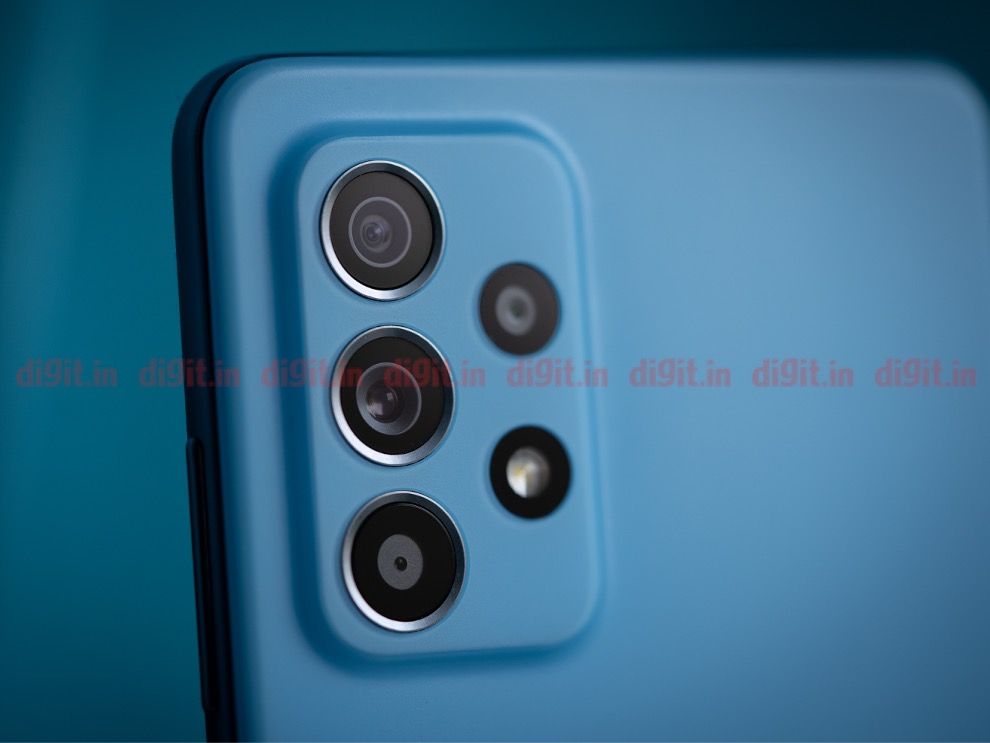
The Samsung Galaxy A52 has quad cameras on the back headlined by a 64MP primary camera that offers an f/1.8 aperture with OIS support. There’s a 12MP secondary ultra-wide-angle camera with a 123-degree field of view followed by a 5MP depth sensor for creating pictures with shallow depth of field and a 5MP macro camera for extreme close-up shots. Additionally, the camera also offers 2x, 4x and 10x digital zoom levels. The cameras can record in 4K UHD at 30FPS and in 1080p at up to 60FPS. On the front, there is a 32MP selfie camera housed within the notch cutout which also has the ability to record in 4K at 30FPS.


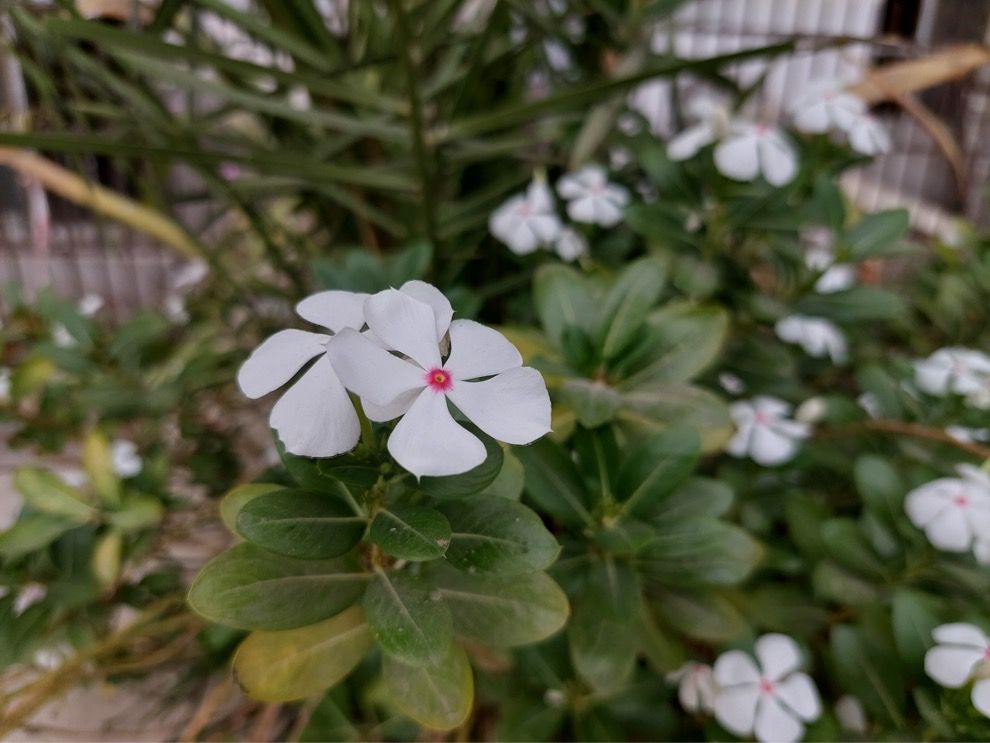
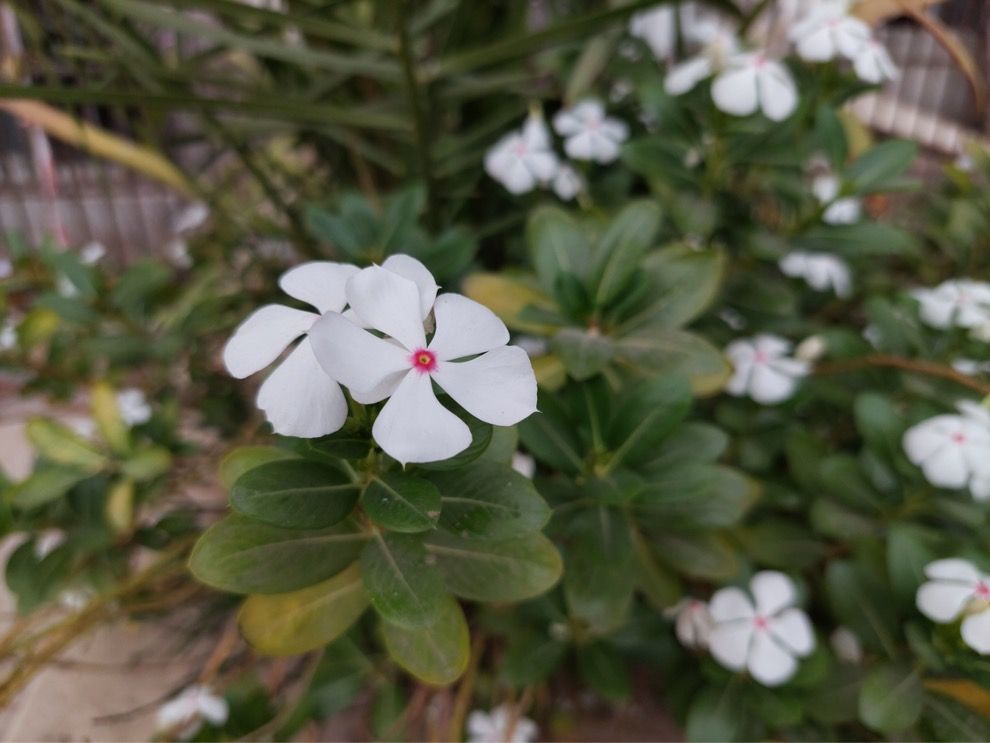
64MP full resolution image
The primary 64MP camera sensor uses pixel binning to produce 16MP images and also offers the ability to capture full-resolution 64MP pictures. During our use, the Galaxy A52 managed to produce some good images in daylight and well-lit environments. While the pixel-binned images did not offer crisp images, the close-up shots were extremely detailed with a natural bokeh effect. The colour reproduction from the primary camera seemed a bit over-processed at times, however, the full-resolution mode creates natural-looking pictures. That being said, it also takes a bit more than usual to capture a high-res picture from the Galaxy A52 and you do see the system get under pressure.
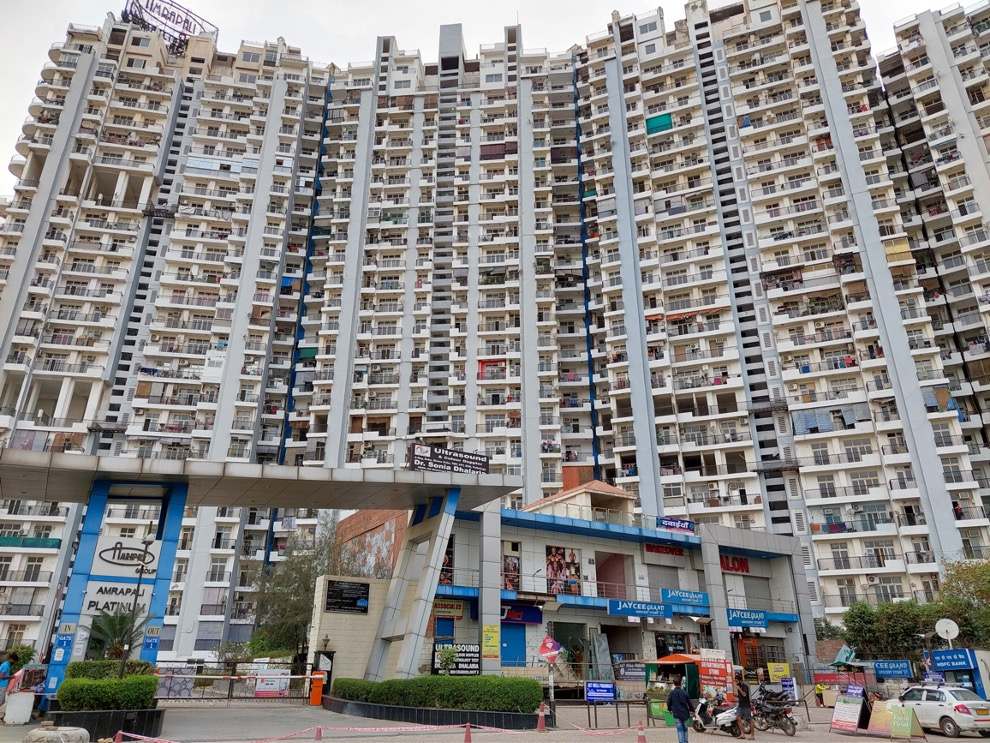
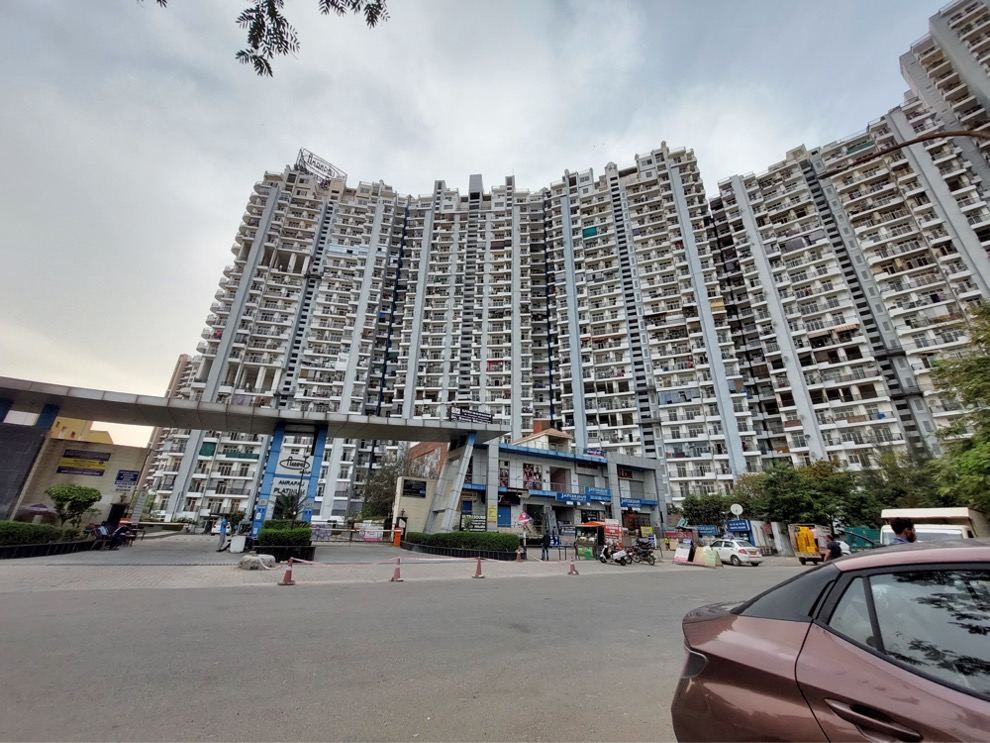
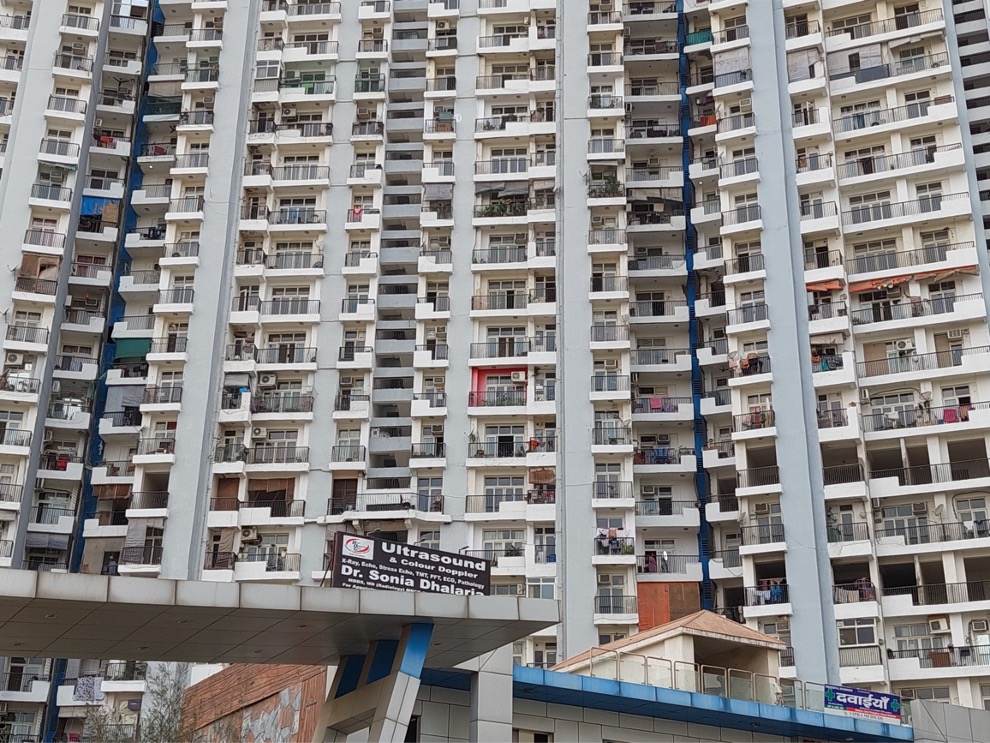
Coming to the wide-angle camera, it produces decent pictures that are only usable and nothing extraordinary. The pictures often lack details, especially around the edges but there is minimal barrel distortion here. We also noticed that the colour tones of the primary camera and the ultra-wide-angle camera do not match up. The primary camera often produces pictures with a warmer colour tone whereas the ultra-wide-angle camera has cooler tones.
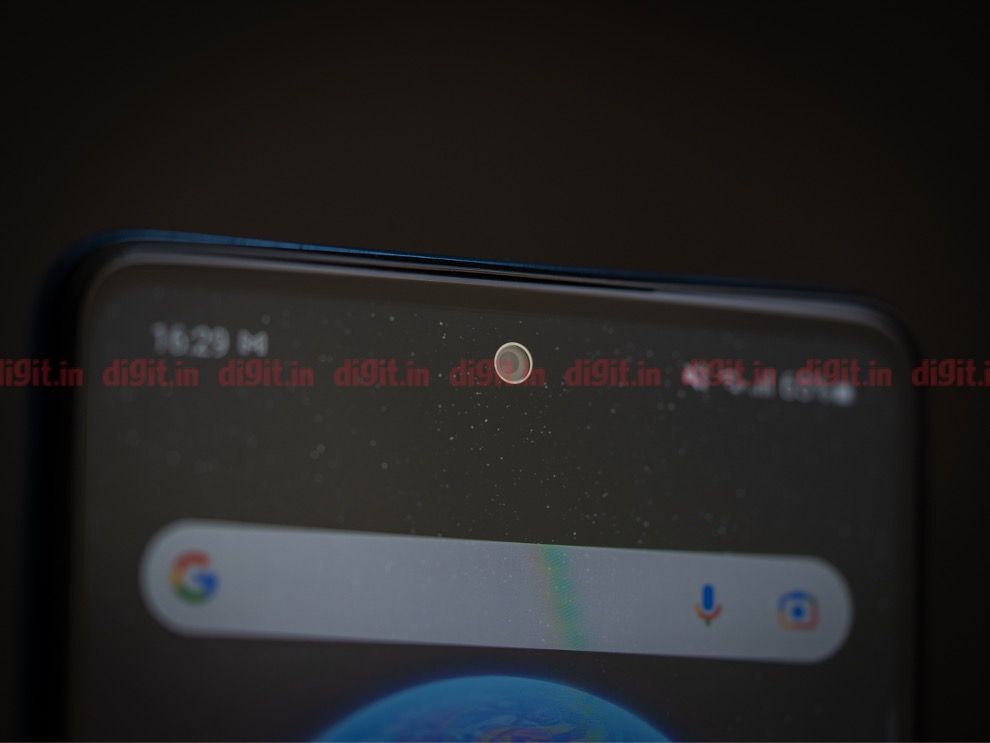
During the night or in low-lit conditions, the cameras perform poorly and pictures are filled with noise. The night mode does help in brightening the frame but it takes a good 3-4 seconds to capture the image and crops the frame for 12MP resolution. The pictures from the night mode have slightly better details in the shadow regions but are mostly hit-or-miss affair because a lot of it depends on how stable the phone is during the whole process.


macro camera sample
The macro images from the dedicated camera lack overall clarity and focus. We also noticed the pictures to be less saturated and brighter than the primary camera but not devoid of noise and artefacts. The 32MP selfie camera produces well-detailed 8MP pictures by default but users also have the option to switch it to full resolution 32MP images. There’s a ‘Fun’ tab in the camera app which lets users select from a range of Snapchat filters which could be handy for those who use Snapchat regularly.
Samsung Galaxy A52 Battery review
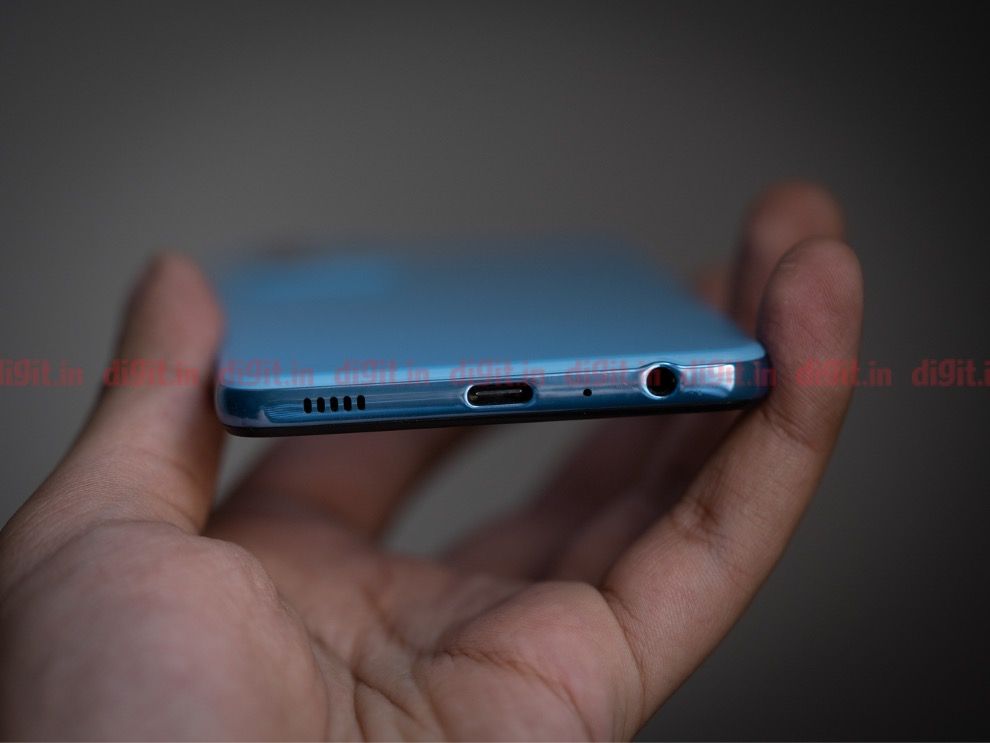
Samsung has equipped the Galaxy A52 with a 4,500mAh battery that supports up to 25W fast charging. Sadly though, Samsung ships the Galaxy A52 with a 15W adaptive fast charging adapter instead of the 25W which has to be bought as a separate accessory.
In our moderate use case, the Galaxy A52 lasted for a day and then some on a single charge with a 90Hz refresh rate enabled. Based on your usage, the battery life will differ but one can expect the phone to last for a day and more if the refresh rate is reduced to 60Hz.
As for the charging, with the 15W adapter provided in the box, it takes nearly 2 hours to fully charge the phone from 1-100%. The time to fully charge the phone will be reduced if using an amped-up charging adapter.
Samsung Galaxy A52 Verdict
The Samsung Galaxy A52 is overall a solid phone for its asking price however it is not without its share of concerns. For a starting price of Rs 26,499, the phone has an all-plastic build, a Snapdragon 720G processor under the hood and does not arrive with a 25W fast charger out-of-the-box. It tries to offset all of this by offering IP67 dust, water and Gorilla Glass 5 protection, 90Hz refresh rate Super AMOLED display, 64MP quad cameras that generally work well in well-lit conditions and a long-lasting battery.
Overall, the Galaxy A52 does not bring any path-breaking features to the upper-mid-range segment and is just another competitor in a long list of phones vying to be the best mid-rangers out there. Even with the plastic build, the matte finish on the back does look and feel good in the hand. It also keeps fingerprint and smudges away which can’t be said for most phones in this budget range. The Galaxy A52 does make a case for itself with some of the aforementioned feature-set and the much-valued brand name which will likely be accepted by most potential buyers looking to invest in a phone in this price segment.
Fuente: Digit
